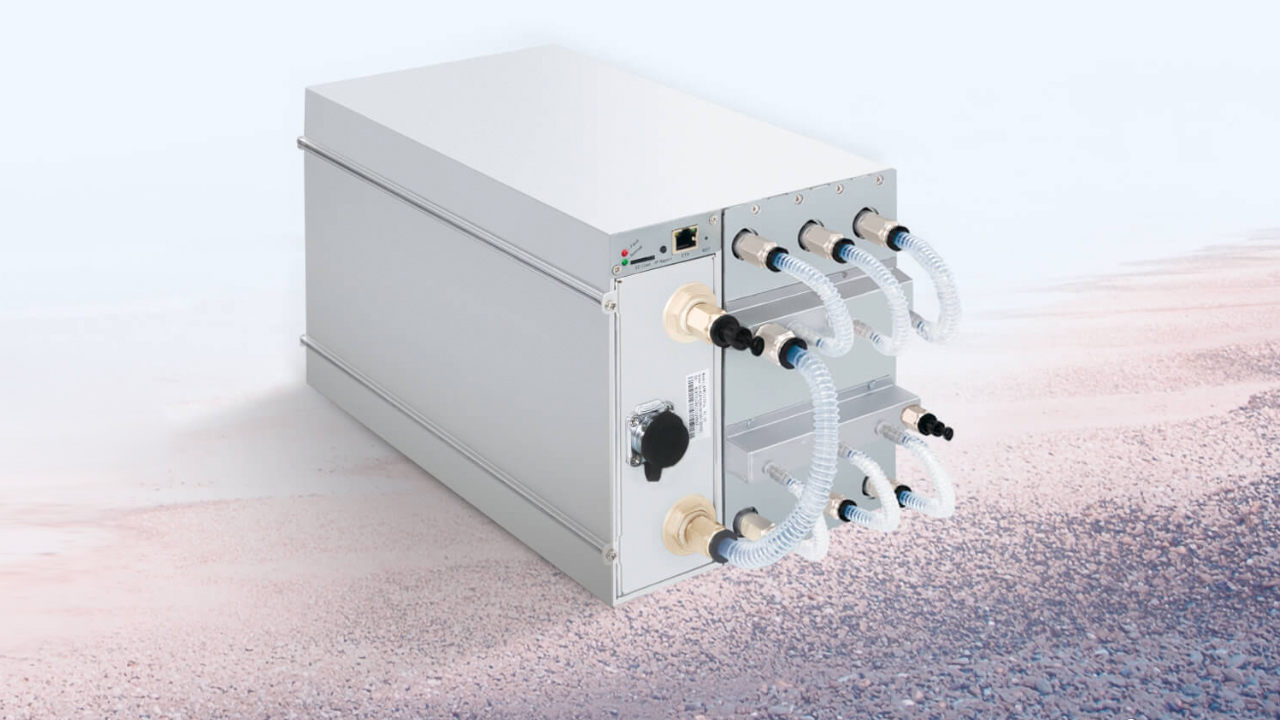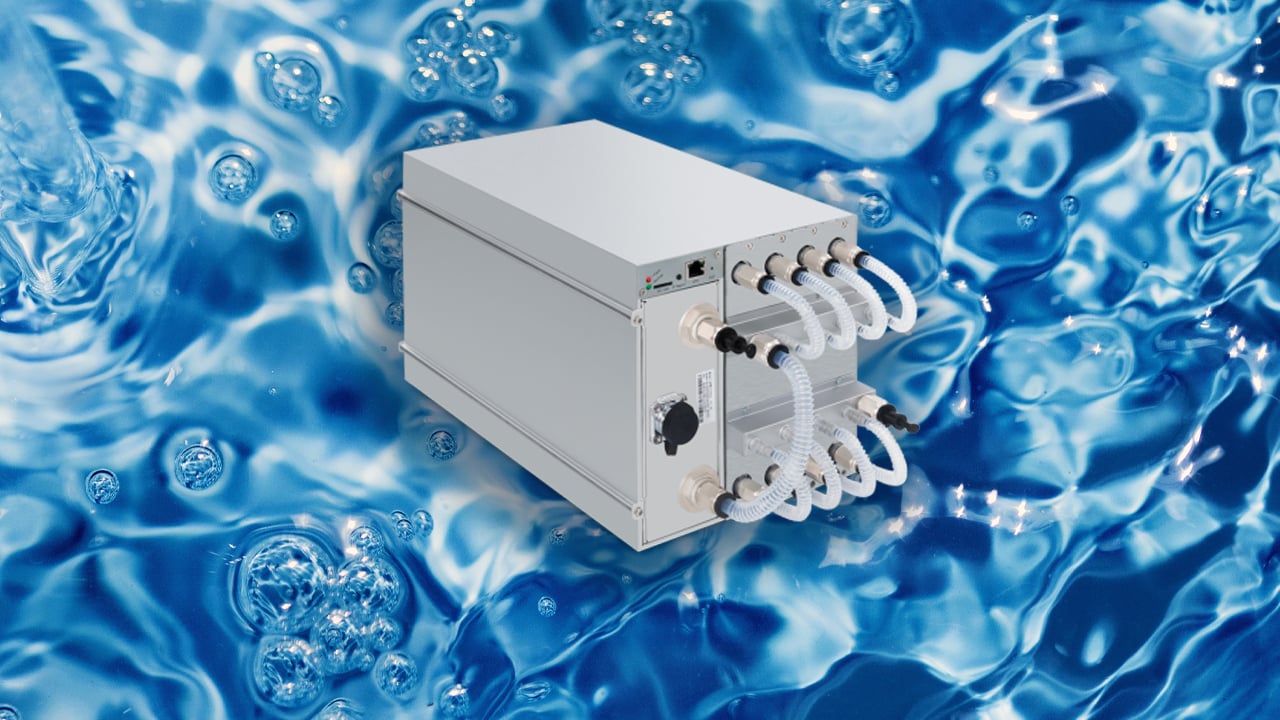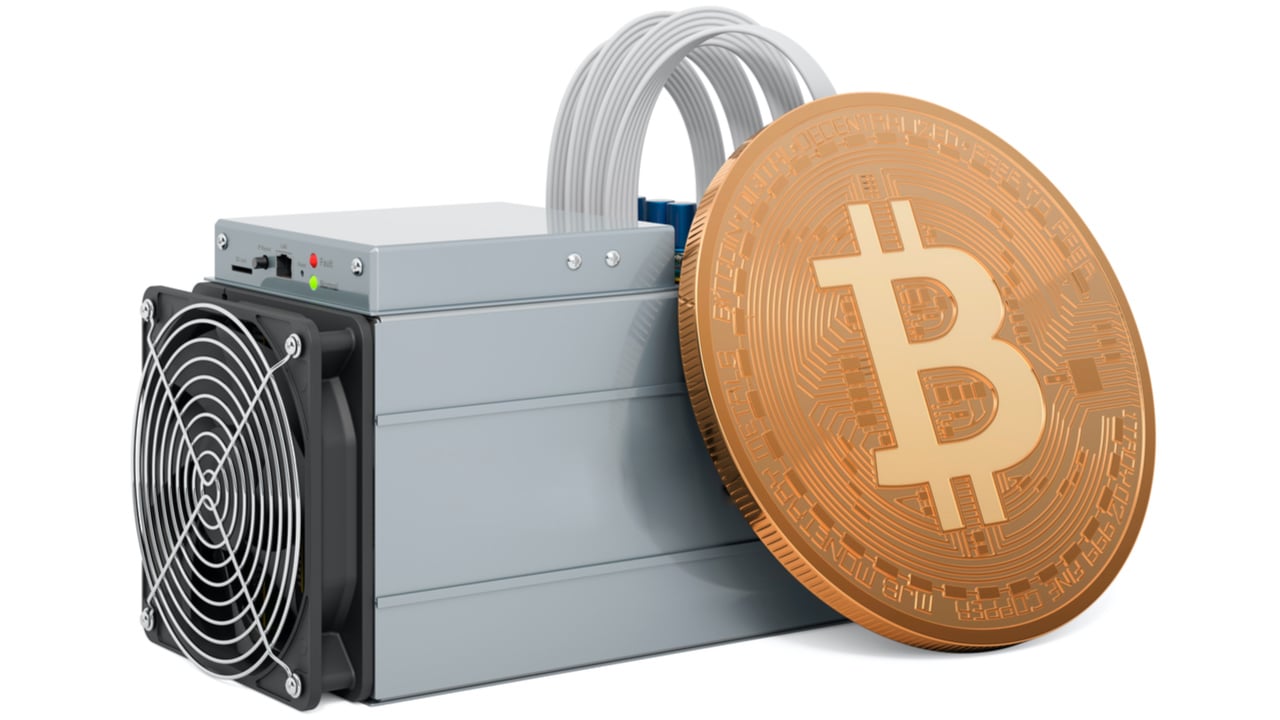
The overall security of the Bitcoin protocol, or hash rate, hit a new high of 158 exahash per second despite the price being down over 50% year to date.
Bitcoin miners can’t stop, won’t stop. The Bitcoin (BTC) hash rate continues to surge to new all-time highs, despite a heavy price drawdown.
The Bitcoin mining hash rate peaked at 258 exahashes per second (EH/s) on Oct. 4, according to Braiins Insights, a mining data tools and metrics company. Although the Bitcoin price is down 58% year-to-date against the United States dollar, the mining hash rate is up 43%.

Bitcoin Gandalf from the marketing team at Braiins told Cointelegraph that, “The hash rate hitting another all-time high shows that miners are bullish about the future prospects of Bitcoin.” Nonetheless, the current macroeconomic environment could pose an issue, as “the present isn’t so rosy for Bitcoin miners,” Gandalf said, adding:
“Bitcoin continues to trade in this tight band between $19,000–$20,000 and this recent increase in hash rate will result in a sharp upward adjustment in mining difficulty meaning that miner margins will be further squeezed.”
In a series of tweets, mining engineers and hobbyists shared their thoughts regarding the hash rate hitting all-time highs while the price remains low. Rob W of Bitcoin mining company Upstream Data summed up the sentiment:
I'm really proud of all of my mining friends, things are going great. pic.twitter.com/dIzh2ITTfq
— Rob W. (@BikesandBitcoin) October 3, 2022
Market analyst Zack Voell explained that the surging hash rate could be as a result of “XPs coming online.” The S19 XP Antminer is the latest model from Bitmain, one of the world’s most popular Bitcoin mining hardware suppliers.
The number of hashes produced in a second is commonly referred to as the hash rate. In Bitcoin speak, hash rate is a critical security metric as well as one that many BTC miners keep their eyes on.
In simple terms, the more hashing — or computing power — that the network churns out, the greater the overall security of Bitcoin. As a result, Bitcoin is more resistant to attack, the most common of which is known as a 51% attack.
Currently, more and more miners are coming online to attempt to solve valid blocks to receive the Bitcoin block reward, which is currently 6.25 BTC, roughly $120,000. Blocks are solved and added to the Bitcoin blockchain on average every 10 minutes.
Related: Nuclear and gas fastest growing energy sources for Bitcoin mining: Data
The difficult adjustment determines the rate at which blocks are solved. It fluctuates roughly every two weeks and is expected to increase on Oct. 10 based on the surging hash rate. The difficulty adjustment has been on a steady march upward in 2022 — meaning blocks are, on average, getting harder to solve — after falling for the first time in March 2022.
In sum, despite the fact that the Bitcoin price continues to wallow under $20,000, more and more miners find value in supporting the network. James Check, an analyst at Glassnode, explained in a tweet, “With hash rate pushing to new all-time-highs once again, despite all the promises to the contrary, it appears that #Bitcoin is still not dead.”














